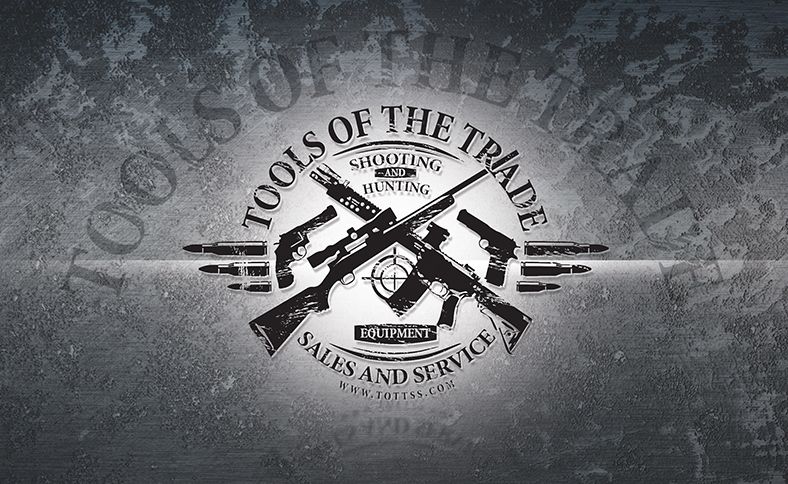Complex gun regulations led to owner’s violation, his attorney says
by Robert Anglen – Feb. 22, 2010 12:00 AM
The Arizona Republic
A Gilbert firearms manufacturer will cease its gun operations after the company’s owner pleaded guilty to illegally selling rifles, shotguns and handguns.
Cavalry Arms Corp. says on its Web site that it has been “engaged in an ongoing dispute” with the Bureau of Alcohol, Tobacco, Firearms and Explosives, or ATF, for two years over “regulatory and compliance mistakes.”
But in federal court last week, owner Shawn Nealon admitted that he and his company illegally sold as many as 40 weapons to an out-of state buyer, and he voluntarily surrendered his federal firearms licenses, meaning Cavalry will no longer be able to import, manufacture or deal in weapons or ammunition.
“This is not some individual setting up a stand at a gun show,” U.S. Attorney Dennis Burke said Friday. “These are the preliminary steps that individuals take to get around federal laws in order to traffic in illegal firearms.”
Although none of the Cavalry guns has been linked to a crime, Burke said such cases are a particular concern for the agency.
Illegal-firearms sales are steadily increasing in Arizona, with much of the market driven by demand in Mexico, said Burke, the U.S. attorney for Arizona.
“The activity – southbound guns into Mexico – is very robust,” he said. “We have (several) very active investigations going on now.”
Nealon’s lawyer, Mark Vincent of Chandler, called the charges against his client ridiculous.
“This is by no means a great victory for the government,” he said, describing federal gun regulations as arcane. “In my opinion, no gun dealer in the United States could comply with the myriad of regulations. . . . It’s almost impossible to determine what the law is.”
Vincent said as much as 90 percent of the government’s original case against Cavalry was dismissed, leaving his client pleading guilty to selling to an out-of-state buyer.
“It’s a minor problem. . . . If that had been the only (charge), I don’t know that they would have bothered with it,” he said, adding: “Nobody was hurt. Nobody was almost hurt.”
Nealon faces up to five years in prison and a $250,000 fine when he is sentenced in April.
But authorities say the bigger victory in this case is stripping Nealon of his firearms license.
Cavalry’s primary gun operation involved creating a polymer mold of a part for the AR-15 semiautomatic rifle. The “lower receiver,” the piece between the barrel and the stock, contains the firing mechanism. It is defined by the government as a firearm. The receivers were sold to the public and to other manufacturers for commercial and law-enforcement use.
According to a memo from Cavalry’s lawyers included in court documents, Cavalry employed six people and sold as many as 6,000 receivers between 2000 and 2006.
In a criminal complaint in 2008, ATF agents accused Nealon of illegal-weapons manufacturing for making the receivers. In addition, he was accused of illegal sales and export of other guns and possession of unlicensed firearms.
“To cover up this widespread illegal activity, Cavalry Arms and Nealon have failed to keep records, falsified records and lied to ATF,” the complaint states.
The ATF cited violations dating to 2000, including failure to keep a weapons inventory, failure to conduct background checks on at least 25 purchasers and failure to report a multiple-handgun sale.
Another problem: The ATF said Cavalry had outsourced the production of its molded receivers to an unlicensed company.
Following a search of Cavalry’s offices and Nealon’s Mesa home in 2008, agents said Nealon had illegally sold weapons to out-of-state buyers, more than 40 of those to a California resident who often stored those weapons at Nealon’s home.
Those weapons included: nine 9mm handguns, five .45-caliber handguns, five .22-caliber handguns, five .223 rifles, three 12-gauge shotguns, two .38-caliber handguns, two .44-caliber handguns, a .380-caliber handgun, a .308 rifle, a 7.62x39mm rifle, a 5.45x39mm rifle and a .357 rifle.
“Given Cavalry Arms’ . . . willingness to falsify records to cover up illegal activities, including illegal sales, it is difficult, if not impossible, to determine exactly how many illegal sales Cavalry Arms and Nealon have made to out-of-state residents,” the criminal complaint states.
Nealon on Friday referred questions about the case to his lawyer. But he said Cavalry is not shutting its doors.
He said the company will sell off its inventory of weapons, which it will be allowed to do with ATF oversight, and concentrate on developing firearm accessories and medical products.
“The firearms portion of our business doesn’t make up a large part of what we do,” Nealon said.
However, news of the shutdown prompted posts of outrage and well-wishes on Cavalry’s Web page.
“CavArms has some righteous dudes working there and the ATF has screwed you over since they don’t have the guts to take on street and prison gangs,” one person said in an online post.
Burke had another take on the subject.
“This isn’t the first or the last time a defendant is going to try and redefine his culpability,” the U.S. attorney said. “For the rest of the gun industry, it’s a sign to other bad actors that we are going to focus on them.”


